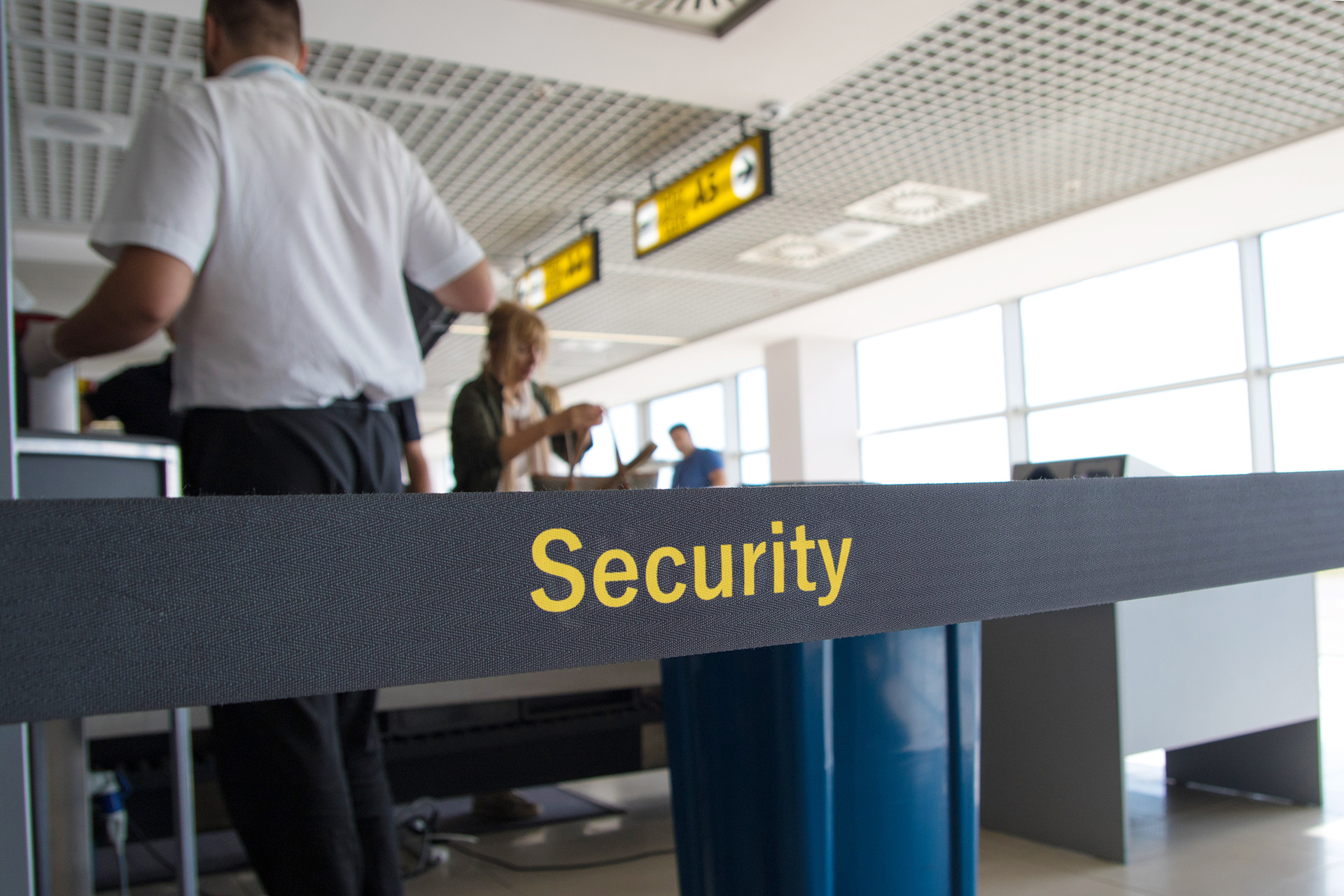Everything changes at European airports starting September 1st
The security procedures that travellers have become used to have become accustomed to at European airports as of September 1. The modifications follow the European Commission's decision to stop using advanced security scanners, which were just installed at a number of European airports.
Cutting-edge C3 standard Explosive Detection System scanners were installed at Terminal 1 of Rome's Fiumicino Airport earlier this year with the goal of improving the security process. Passengers did not have to take out their hand bags in order for security personnel to check its contents, including liquids and electronic devices, due to these advanced technologies. The X-ray technology-based scanners can produce 3D images that have high resolution and can identify potentially hazardous substances automatically.
Officials at Fiumicino Airport say that this method significantly decreased the amount of time passengers had to wait in security lines, especially during the busy summer months. Travelling became more convenient as passengers were allowed to take more than 100ml of liquids in their hand luggage without the usual restrictions.
The European Commission has now required the removal of these scanners, notwithstanding their early success and favourable reviews. This choice was made in response to a technical ρεπορτ that expressed concerns about the scanners' reliability, especially when it came to their ability to identify liquid containers exceeding 330 ml.
Consequently, the EU Aviation Security Regulation was updated by the European Commission, mandating that all EU member states, as well as Iceland, Switzerland, Liechtenstein, and Norway, immediately stop using these scanners.
The Airports Council International Europe (ACI Europe), which is the representative organization for more than 500 airports in 46 European countries, has expressed criticism of the directive put forth by the European Commission. The decision frustrated the organization, especially because several airports had already invested in these costly scanners. In addition to being eight times more expensive than conventional X-ray equipment, the C3 scanners also require much more frequent maintenance.
ACI Europe outlined the operational difficulties that this sudden transition will provide for airports. Airports that had already made the switch to the new technology are now compelled to go back to the older setup, which may require rearranging security checkpoints and increasing manpower requirements.
The European Commission has indicated that the C3 scanners' removal is a temporary measure, but it has not given a timeframe for their return. Airports, meanwhile, have to adjust to the newly implemented limitations, which include the reinstatement of the 100 ml liquid limit for carry-on bags, which was first put in place in 2006 in response to a failed terrorist plot in the UK.
The situation is still unstable, and airports around Europe are waiting for more directives from the EU on when or if the advanced scanners can be reintroduced.
 home
home